THE CONVERSATION
Far from the ‘ludicrously capacious’: what the fashion of Succession tells us about the show – and about society
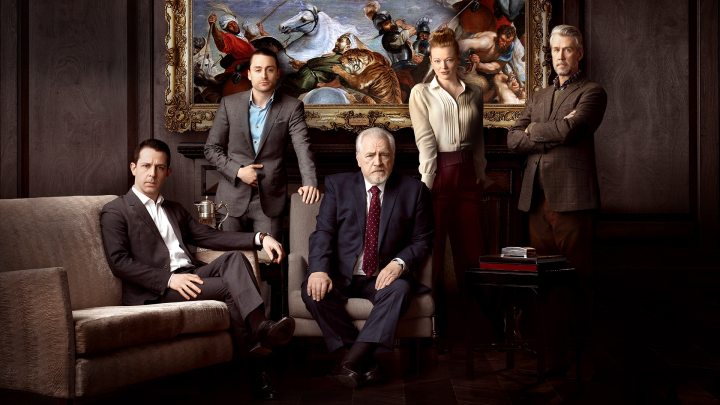
When is a four-figure handbag a fashion faux pas? When you’re a character in Succession, rubbing shoulders with some of the richest and snobbiest elitists ever committed to screen.
Imagine if the person you’re dating invites you to their great-uncle’s birthday party. This is not just any family gathering. The great-uncle in question is a billionaire and the party is at their New York City penthouse. To fit in, you wear your best dress and carry your most expensive handbag – a large, four-figure Burberry tote.
Unbeknown to you, your Burberry tote is a major fashion faux pas. It immediately distinguishes you as someone who is not part of this super elite. It is not the price tag or brand that has betrayed you: it’s the size of the bag.
This is what unfolded in a scene from the season-four premiere of HBO’s Succession. While attending patriarch Logan Roy’s birthday, Cousin Greg is mercilessly mocked by Tom Wambsgans for his date’s “ludicrously capacious” handbag. Bridget’s handbag, Tom scoffs, is “monstrous” and “gargantuan”.
The biting humour between Tom and Greg is an entertaining and engaging feature of Succession. In this scene, however, their repartee reveals much about the power structures within elite society.
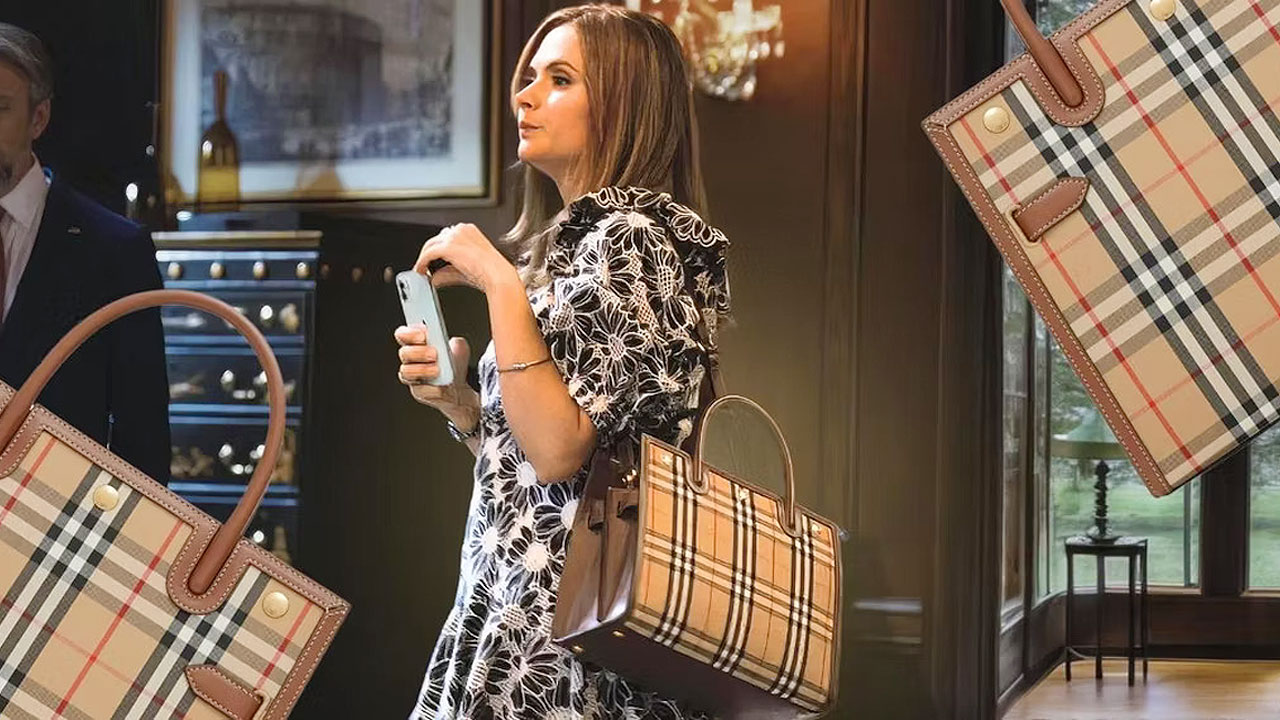
A Burberry tote bag on the shoulder of Cousin Greg’s date to Logan’s birthday party. in ‘Succession’. Image: Succession/HBO
Money talks, wealth whispers
While many would consider Bridget’s Burberry tote the epitome of luxury and elegance, the functionality of bag and its iconic check pattern was entirely gauche to the Roys.
The size of the bag implied Bridget did not have staff catering to her every whim. She must carry everything she needs for the day with her. According to Tom Wambsgans, this includes her lunch (implying she can’t afford to dine at restaurants) and appropriate shoes for the subway (indicating she doesn’t have a driver).
This is a stark comparison to Shiv Roy, who is rarely seen with a bag or any accessory except her phone. Unlike Bridget, Shiv is not plagued with the stresses of life. She has people for that.
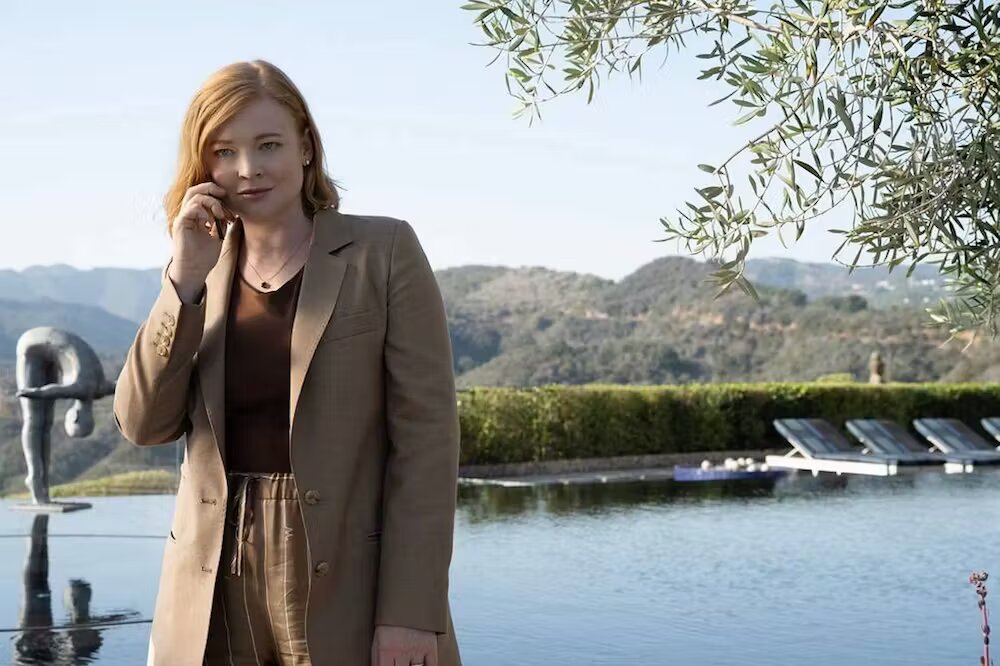
In ‘Succession’, Shiv Roy is rarely seen with accessories, other than her phone. Claudette Barius/HBO
The iconic Burberry tartan that covered Bridget’s bag was also, according to Tom, an “enormous faux pas”. Visible brand names and patterns have become associated with people who try to emulate wealth but are not familiar enough with elite society to understand its sartorial nuances. The upper elite favour quiet but luxurious fashions.
This style is often referred to as the old money aesthetic.
The old money aesthetic
Since the early 20th century, the old money aesthetic has been a symbol of wealth and privilege. Characterised by polo shirts, chinos and a knit sweater over the shoulders, this style romanticises country club, yacht and equestrian cultures. Think Ralph Lauren and the Kennedys.
The old money aesthetic is also deeply entwined with notions of nobility.
Historically, royals and aristocrats were considered superior to all others. This social hierarchy was enforced by laws that regulated what people could wear based on their class. Clothing was an immediate visual representation of social standing and power. In 16th-century England, only kings, queens and dukes were allowed to wear gold cloth. If you weren’t part of the nobility, you weren’t allowed to wear crimson or blue.
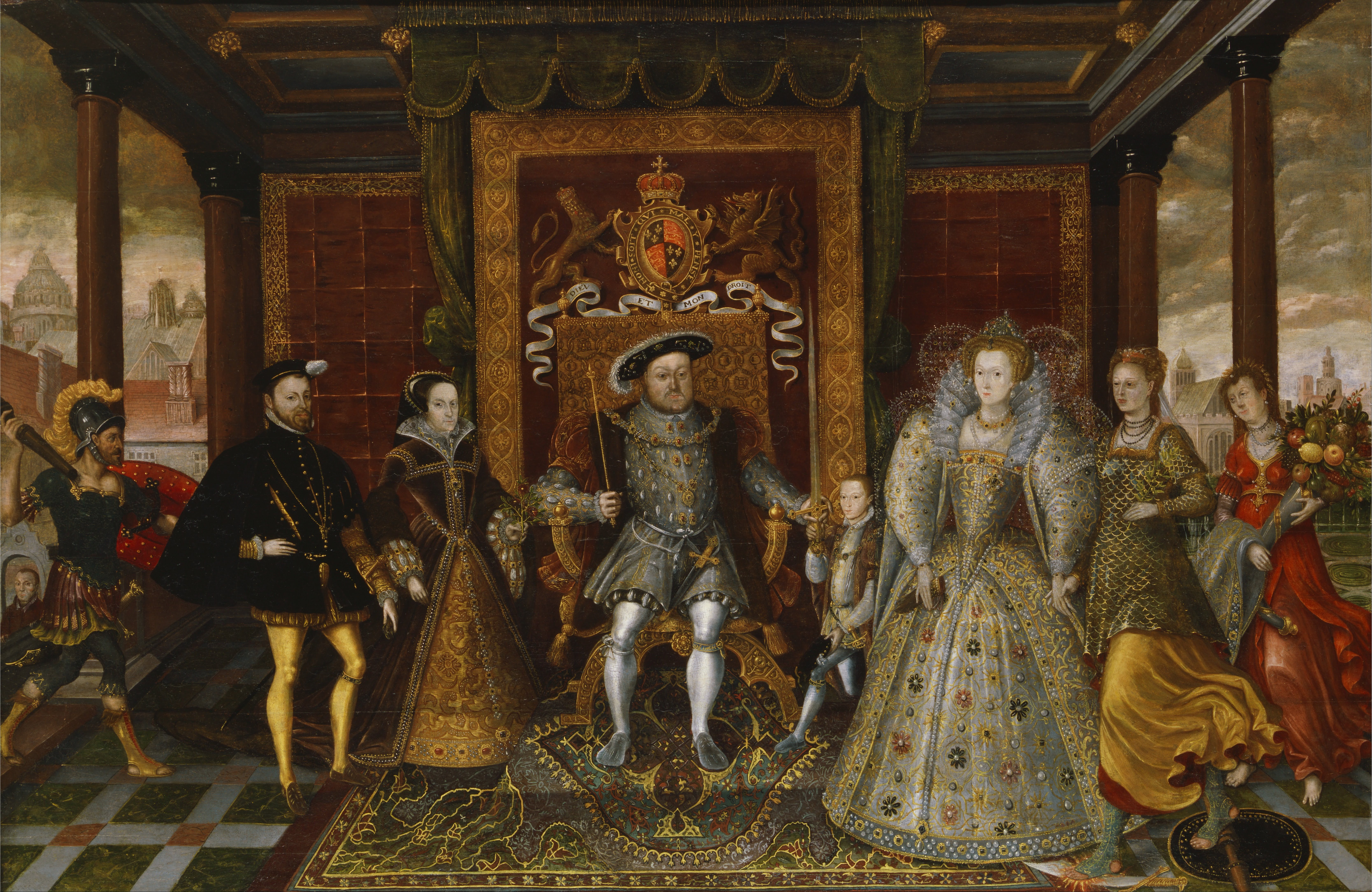
If you weren’t part of the nobility, you weren’t allowed to wear crimson or blue. Image: ‘An Allegory of the Tudor Succession: The Family of Henry VIII’ / Yale Center for British Art, Paul Mellon Collection
Dressing above your station had serious ramifications. Henry VIII’s Acts of Apparel made it illegal for anyone except “The King and his Family” to wear purple. In 1513, one of Henry’s noblemen defied this law to signal his own claim to the English throne. Not long after, Henry had him executed for treason.
In more recent times, the nobility’s penchant for tailored jackets, woollen sweaters and tweeds have become reflective of a leisure class who are exempt from work. The innate historical connection between dress and class has resulted in these items becoming inseparable from notions of social superiority. They are seen as timeless, stylish and sophisticated.
The Roys and everyone else
The intrinsic connection between dress and social superiority is regularly deployed in TV shows like Succession. Costume is an important tool by which creators can demonstrate hierarchy between characters. While almost all the characters in Succession belong to the wealthy upper class, they are clearly not equal.
Cousin Greg’s date, Bridget, is wealthy enough to afford a four-figure bag. Its size and loud pattern, however, mark her as nouveau riche and tawdry.

In ‘Succession’, Kendall is unlikely to be seen in a tie – he doesn’t need to impress. Image: Macall B. Polay/HBO
Tom’s mockery of Bridget is somewhat ironic, given he too was ridiculed for his sartorial inferiority. Tom always presents a polished, buttoned-up appearance in designer suits and ties. This is contrasted against Kendall and Roman, who rarely wear ties, often pair suits with sports shoes and baseball caps and, in more recent episodes, have favoured a combination of jeans, t-shirts and blazers.
Tom’s refined and agreeable appearance reflects his eagerness to please Logan and secure position in the family. When mocking his suit in season two, the Roy children allude to this desperation and reaffirm his status as less than their own.
Read in Daily Maverick: The Pope Francis puffer coat was fake – here’s a history of real papal fashion
The costumes of the Roy family situate them firmly at the top of the social elite. They are often in cashmere knitwear and tailored blazers. When in the country, caps and Barbour jackets are in keeping with their casual, conservative, old-money appearance.
Unlike those outside the family, they don’t need to impress anyone. Their clothing denotes a stealth wealth, and its historical significance infers social superiority.
Next time you tune into Succession, pay close attention to subtleties in the characters’ costumes. They reveal much about the fabric of society. DM/ML
This story was first published in The Conversation.
Grace Waye-Harris is a PhD Candidate in History at the University of Adelaide.









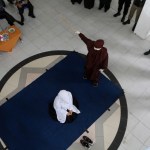










 Become an Insider
Become an Insider
Comments - Please login in order to comment.